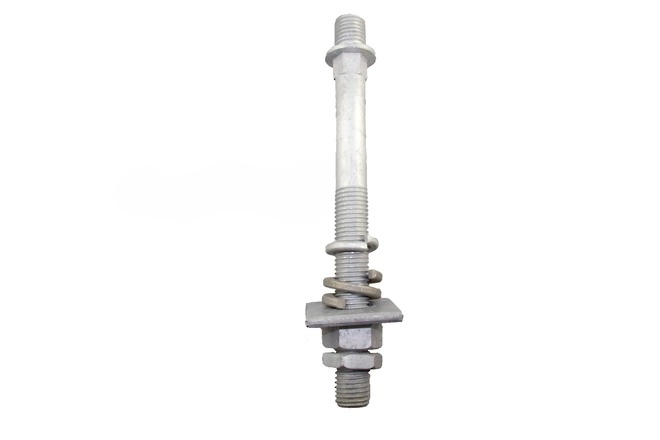
An insulator pin is a crucial component designed to support and insulate the conductors from the support structures. Its main function is to electrically insulate the conductor from the support structure. This helps to maintain the integrity of the electrical transmission system. This is by preventing current leakage to the ground. Insulator pins should have mechanical strength to withstand the weight of the conductor. They are from durable materials like porcelain or glass-reinforced polymer. These materials offer durability and corrosion resistance. Common types of insulator pins include single groove pin, double groove pin, dead-end pin and threaded pins. They find use in various applications including transmission lines, distribution lines, substations, renewable energy and industrial applications.
Properties of an insulator pin
Insulator pins have several properties that help to ensure their effectiveness in applications. An insulator with these properties fulfils its role in overhead transmission lines. They help provide the necessary support and insulation for conductors. This is while ensuring the safety, reliability and efficiency of the electrical infrastructure. The following are the common properties of the insulator pin.
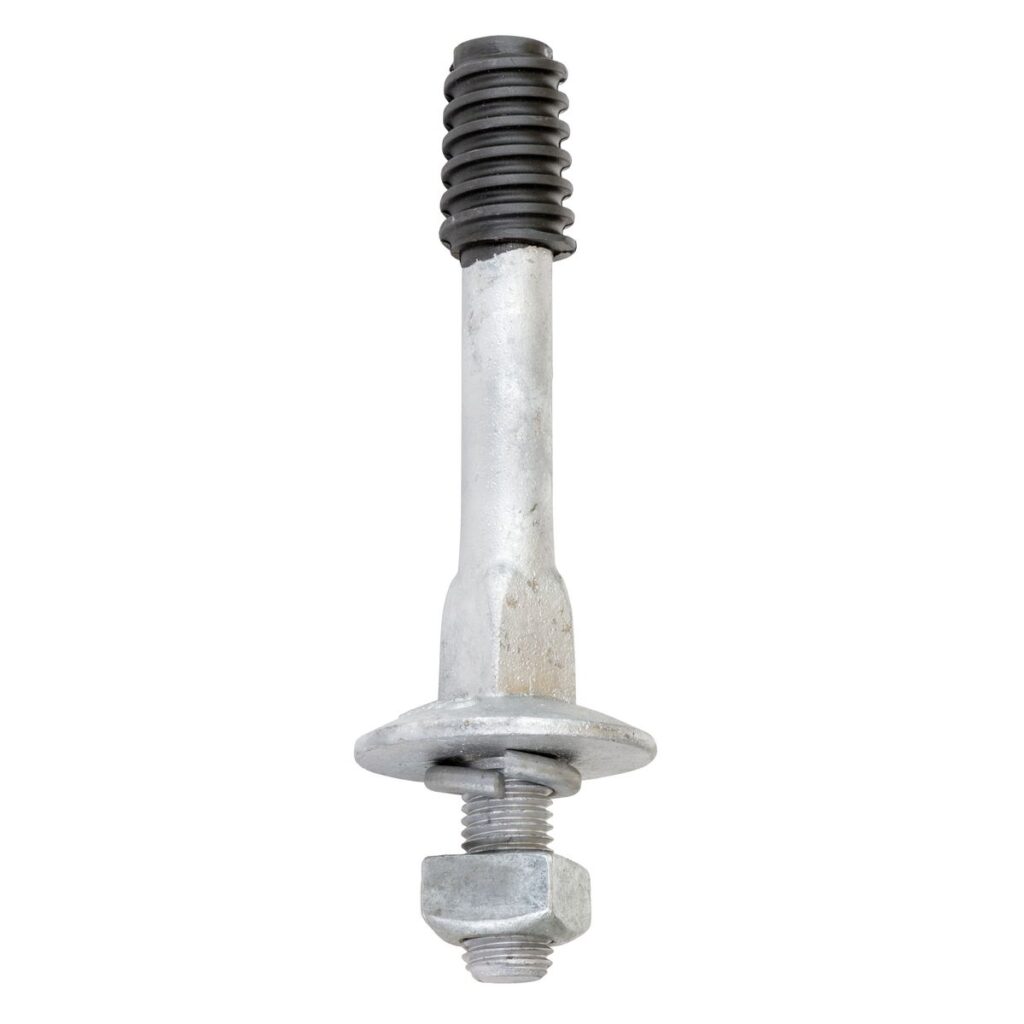
- Electrical insulation – the pins should have high dielectric strength to isolate the conductor from the support structures. This also helps to prevent electrical leakage and reduces the risk of flashovers to ensure the safe and reliable operation.
- Weather resistance – insulator pins face harsh environmental conditions including sunlight, rain and snow. They should be resistant to UV radiation, moisture absorption, thermal expansion and contraction.
- Dimensional stability – the pins should maintain their dimensions and shape under various temperatures. The stability helps to ensure proper fit and alignment with other components. This helps to reduce the risk of electrical arcing, mechanical failure or stress concentrations.
- Compatibility – they should be compatible with other components of the transmission line systems. This is to ensure proper functionality, electrical performance and mechanical stability.
- Mechanical strength – the pins should withstand mechanical loads to maintain the structural integrity. They should have enough tensile strength, compression strength and resilience to maintain integrity.
- Corrosion resistance – the insulator pins should be from materials or coatings that resist corrosion. This helps to prevent degradation and extend the service life of the insulator pins.
- Ease of installation – the pins should have designs that allow ease of installation onto the support structure. They may feature fittings, mounting hardware or attachment mechanisms. These help to simplify the installation process.
Materials used in the construction of an insulator pin
The construction of insulator pins involves use of materials that meet application needs. The choice of the materials depends on various factors. These includes operating voltage, mechanical load requirements and environmental conditions. Additionally, proper selection of the material provides electrical insulation, mechanical support and reliability. The following are the common materials used in the construction of the insulator pins.
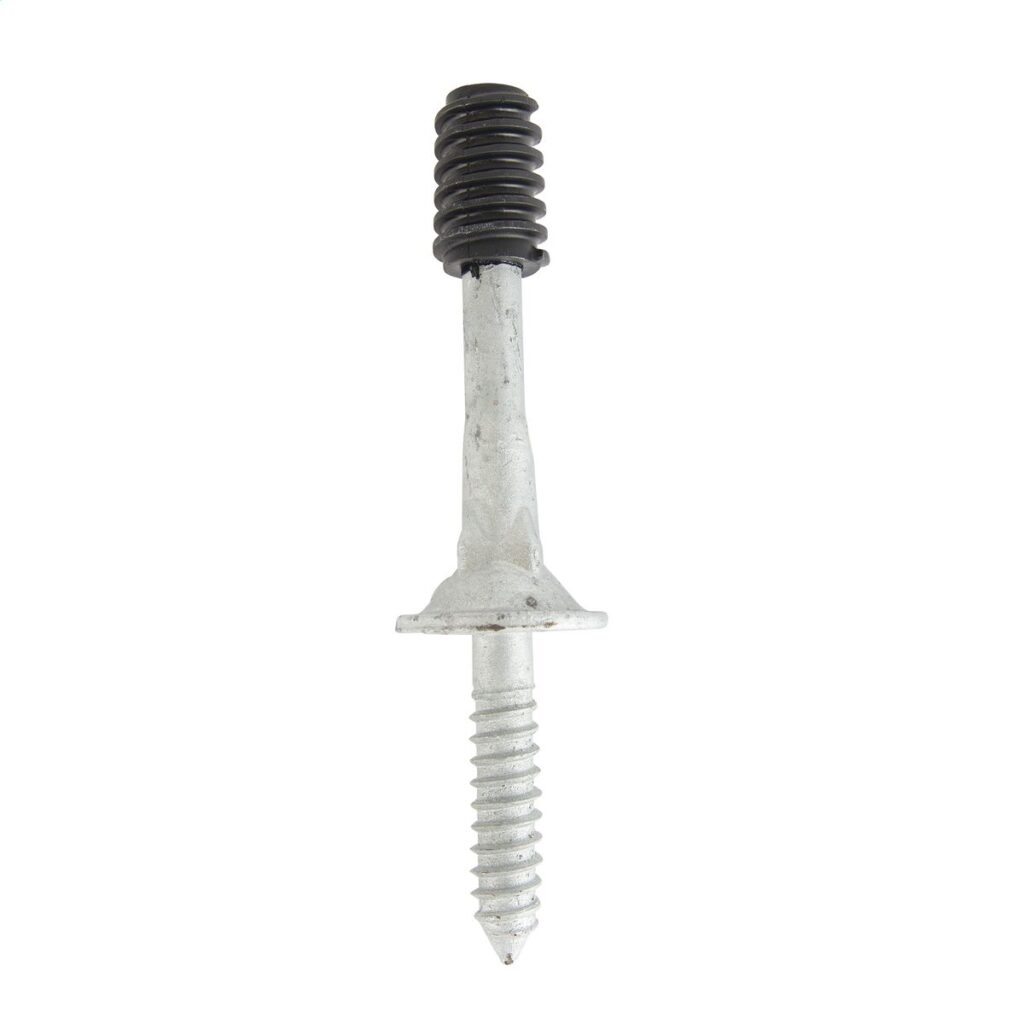
- Porcelain – this is one of the oldest and most used materials for insulator pins. It provides excellent electrical insulation properties, high mechanical strength and resistance to temperature fluctuations. The material is resistant to UV radiation and chemical corrosion.
- Metal alloys – this includes metals such as aluminum alloys or stainless steel. these types of insulator pins work in heavy-duty or high voltage transmission lines. they provide support and electrical insulation for conductors under various conditions.
- Polymer materials – these include materials such as polythene or polyvinyl chloride. They offer flexibility, ease of manufacturing and resistance to moisture and chemicals. They work in low-voltage distribution lines, telecommunications towers and indoor electrical installations.
- Composite materials – these materials include glass-reinforced polymer or silicone rubber. They are lightweight, high strength-to-weight ratio and resistance to environmental factors. Composite materials offer excellent electrical insulation properties, corrosion resistance and durability.
- Ceramics – ceramics include alumina or steatite materials. They offer high temperature resistance and excellent electrical insulation properties. They are suitable for demanding applications in outdoor industries. These include aerospace, telecommunications and high-power electronics.
Factors influencing material selection for insulator pins
There are various factors that influence the selection of the materials for insulator pins. The material should meet the specific requirements of the application. They should also balance performance, cost and durability. Additionally, it is advisable to consult with experts for guidance on the best materials for your application needs. The following are the common factors influencing material selection.
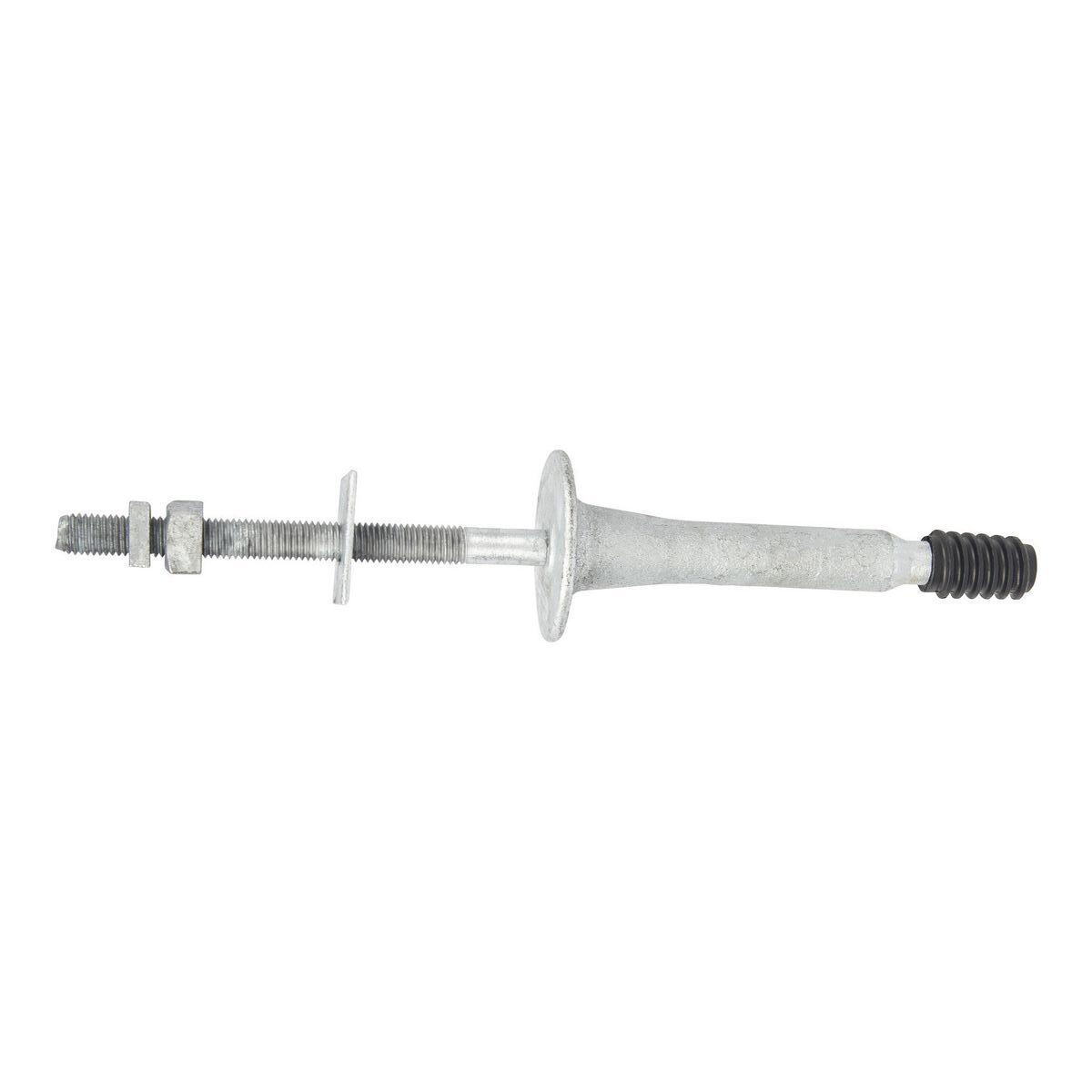
- Electrical insulation – the insulator pins provide electrical insulation between conductors and support structures. The selected material should have high dielectric strength to prevent electrical leakage.
- Environmental factors – the selected material should be resistant to UV radiation, moisture, thermal expansion and contraction. It should also resist corrosion and chemical degradation. This is to ensure long-term performance and reliability in outdoor applications.
- Operating voltage – this shows the electrical insulation requirements. Higher voltages need materials with superior dielectric properties to prevent electrical breakdown.
- Durability – the selected material should show durability and resistance to wear, fatigue and aging over time. They should operate for extended periods without significant degradation and minimal maintenance requirements.
- Mechanical strength – the selected material should have high dielectric strength. This is to prevent electrical leakage and flashovers.
- Weight and density – the weight and density of the material influences the weight and performance of the insulator pins. Lightweight materials reduce the load on support structures and simplify installation.
- Cost considerations – consider the material cost, availability and manufacturing complexity when selecting. Materials that offer superior performance may be more expensive to manufacture. It is important to balance quality, performance and cost of the materials.
- Standards compliance – compliance with industry standards, regulations and performance specifications is also essential. It ensures the safety, reliability and interoperability of insulator pins. Selected materials should meet standards for electrical insulation, mechanical strength and environmental resistance.
Uses and functions of insulator pins
Insulator pins serve several uses and functions in electrical transmission and distribution systems. They help to ensure the safe, reliable and efficient operation of the electrical systems. This is by providing electrical insulation, mechanical support and structural stability. Also, it is advisable to consult with professionals whenever in doubt. The following are the common uses and functions of insulator pins in overhead transmission lines.
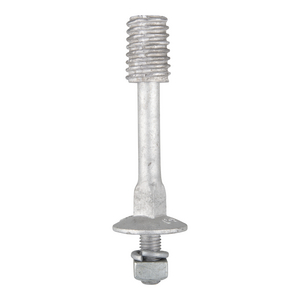
- Electrical insulation – the pins provide electrical insulation between conductors and support structures. They help prevent direct contact between the conductors and the grounded structures. This is to prevent electrical leakage, short circuits and ground faults.
- Mechanical stability – the pins also enhance the mechanical stability and structural integrity of the system. This is by providing anchor points for the conductors and preventing excessive sagging or vibrations.
- Alignment and spacing – insulator pins play a vital role in maintaining proper alignment and spacing between conductors. They ease installation and configuration of insulator strings or discs to ensure uniform spacing.
- Integration with hardware – the pins integrate with other components of the electrical infrastructure. They ease the assembly, installation and maintenance of overhead transmission lines.
- Support for conductors – insulator pins support the weight of the overhead conductors. This is by fastening the conductors to the support structures to help maintain proper spacing and alignment.
- Prevention of flashovers – the insulator pins prevent flashovers in transmission lines. Flashovers occur when electricity arcs across the surface of the insulators. They help maintain enough electrical insulation and cleanliness. They also ensure the reliable operation of the transmission.
Performance characteristics of insulator pins
Evaluating the performance of insulator pins helps to ensure the safety and reliability of systems. Insulator pins should own characteristics such as corrosion resistance, electrical insulation, mechanical strength and durability. There are several methods that help to assess the performance of the insulator. Additionally, undertaking these tests helps to ensure the insulator pins meet the required standards. The following are the various tests to check the performance of the insulator pins.
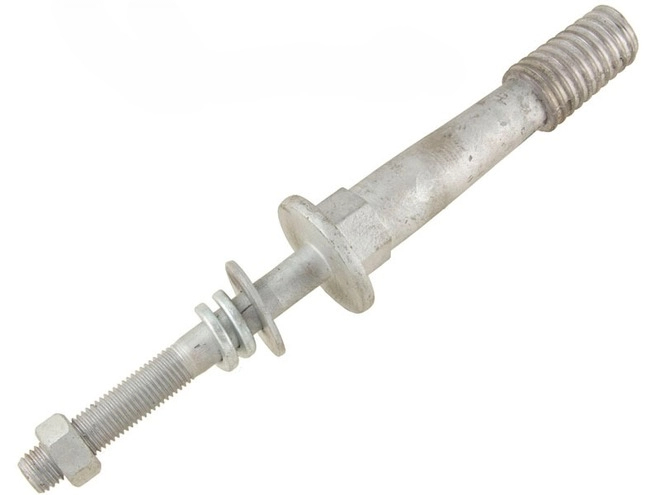
- Visual inspections – conduct regular visual inspections of the pins to check for signs of damage, wear or degradation. Check for cracks, chips or discoloration or surface contaminants.
- Dimensional measurements – measure the dimensions of the insulator pins. This is including length, diameter and other features.
- Dielectric testing – perform dielectric tests to check the electrical insulation properties of the insulator pins. This involves applying a high-voltage electrical stress to the insulator pins. It also involves measuring the leakage current.
- Mechanical load testing – this involves subjecting the pins to mechanical load tests. This helps to check their strength, stiffness and resilience. Apply tensile, compressive or torsional forces to simulate the mechanical stresses.
- Corrosion resistance testing – test the pins for corrosion resistance by subjecting them to corrosive environments. Check the appearance, surface finish and corrosion resistance to the insulator pins.
Frequently asked questions
It is a component used to support and insulate conductors from support structures in electrical installations. Its purpose is to prevent electrical leakage, ensure proper conductor alignment and maintain the integrity of the electrical system.
Common types of insulator pin include straight pins, vee pins, side-tie pins, underarm pins, single sided pins and double-sided insulator pins.
Performance characteristics include electrical insulation, mechanical strength, durability, weather resistance and corrosion resistance.
Electrical insulation in the pins prevents direct contact between conductors and support structures. They also reduce the risk of electrical leakage, short circuits and ground faults.
